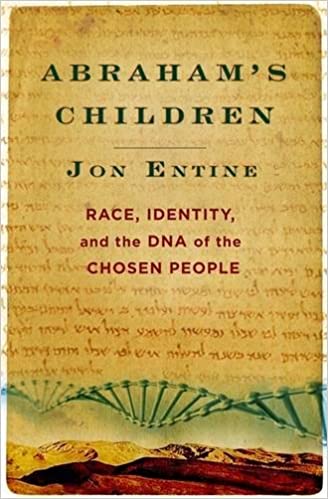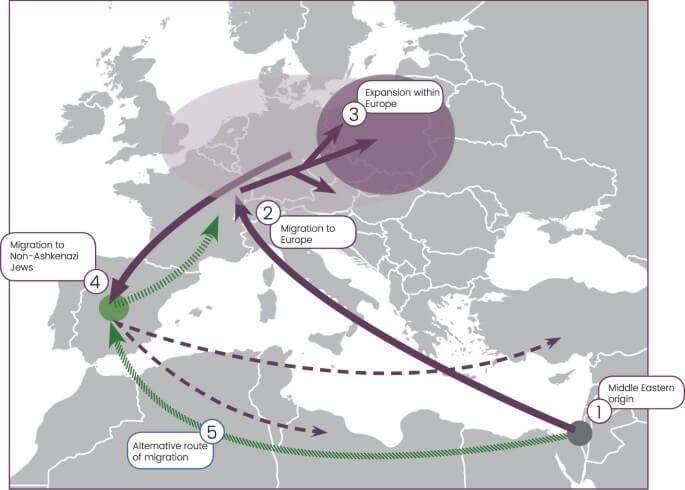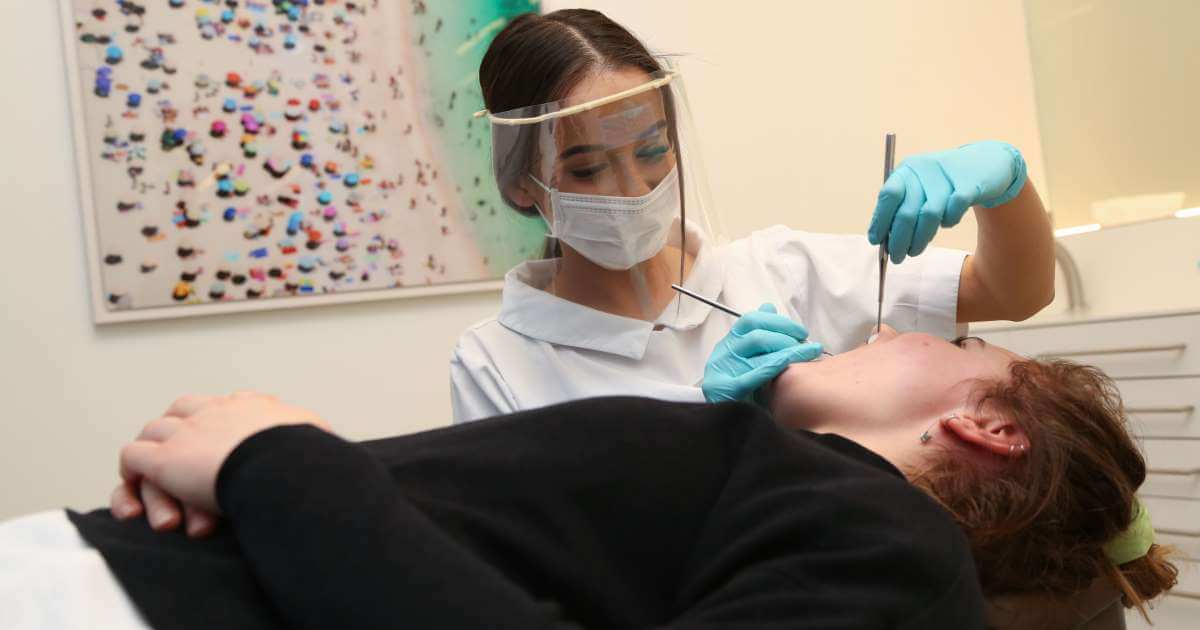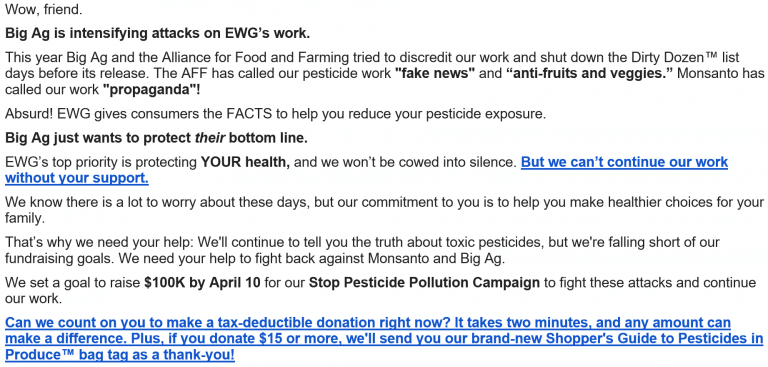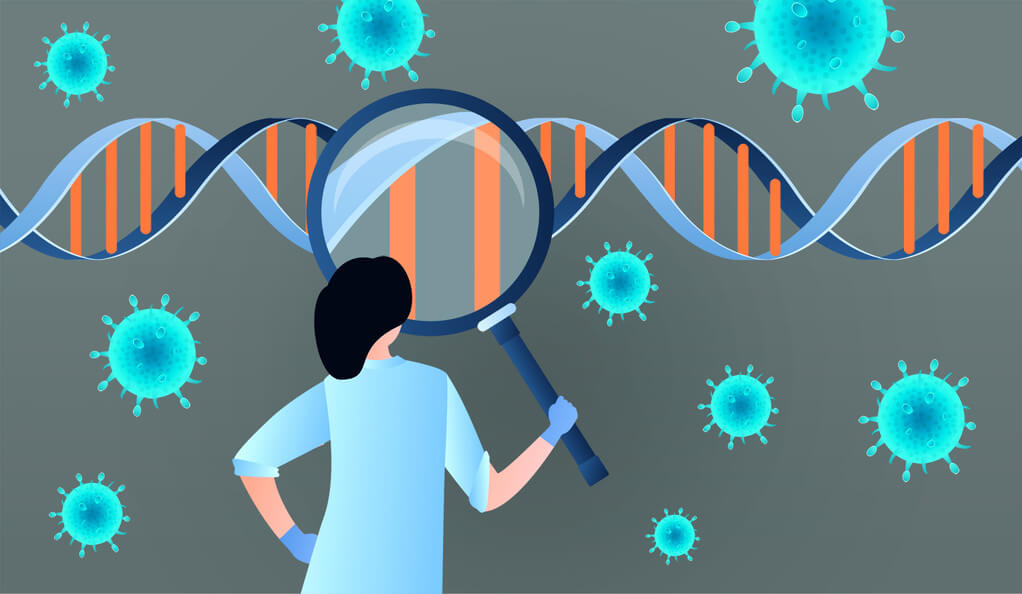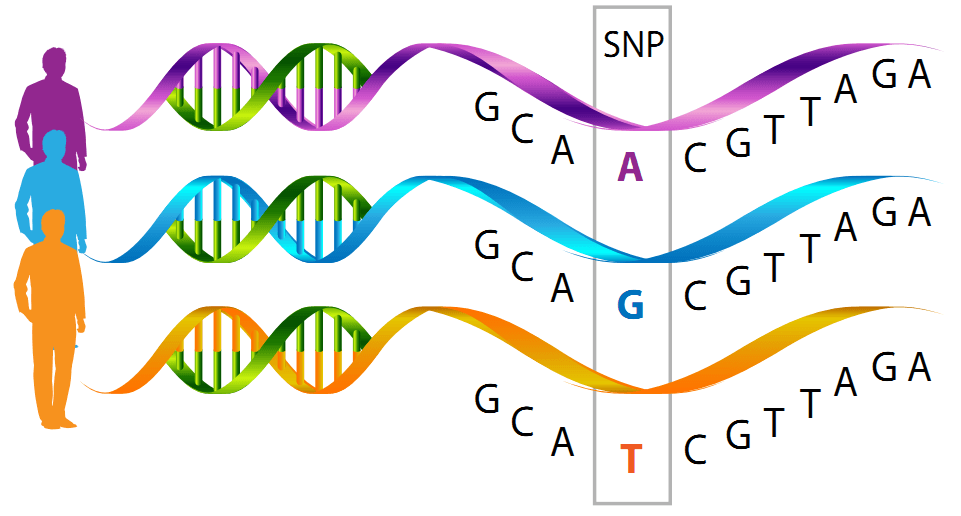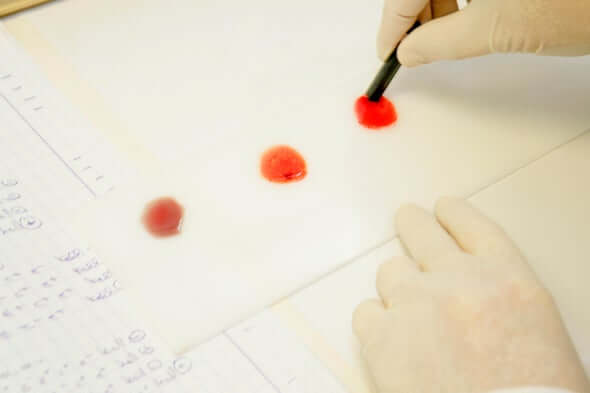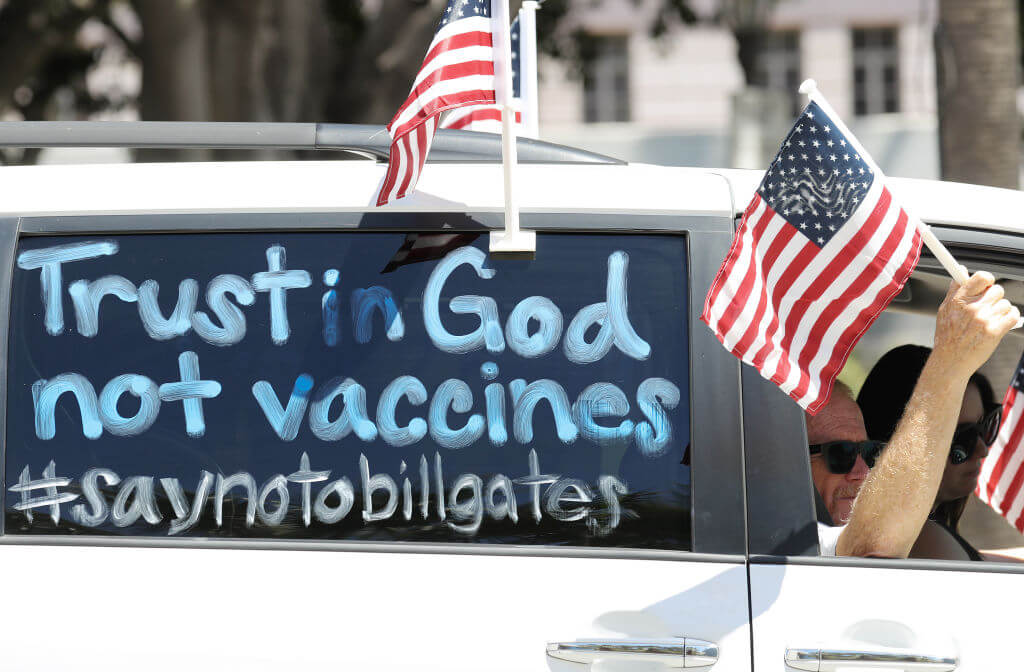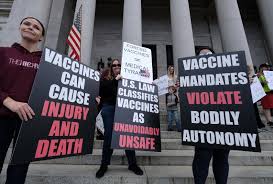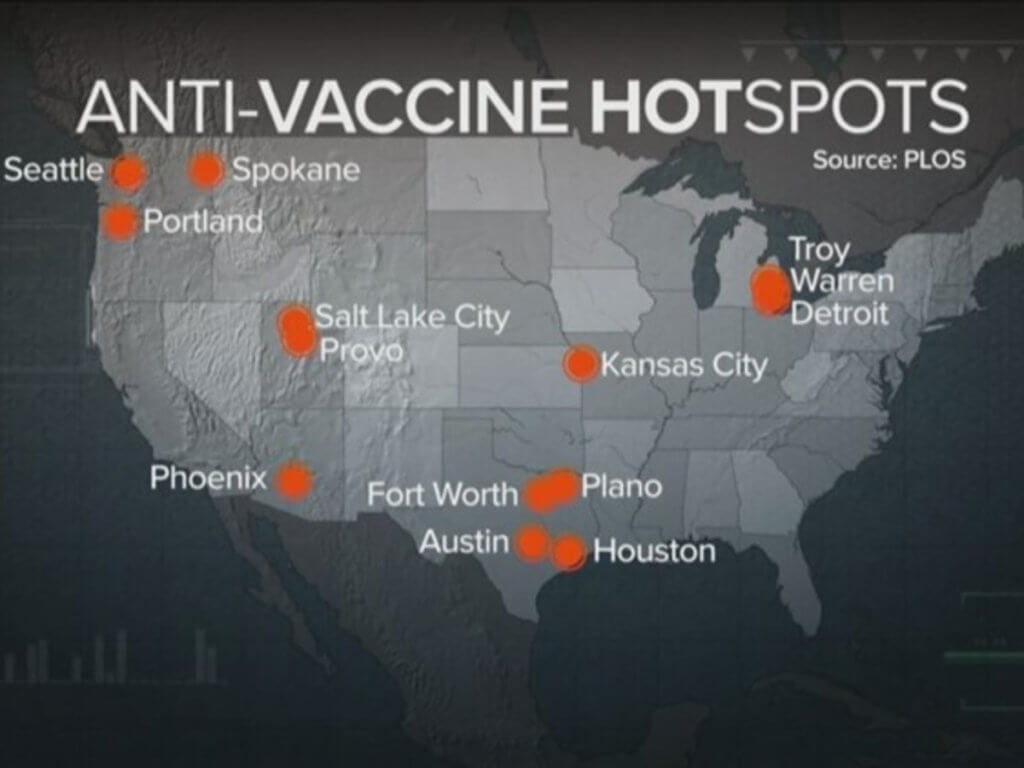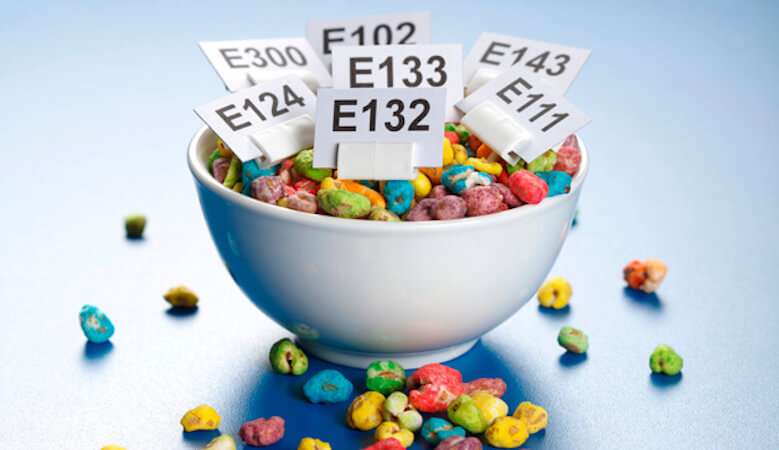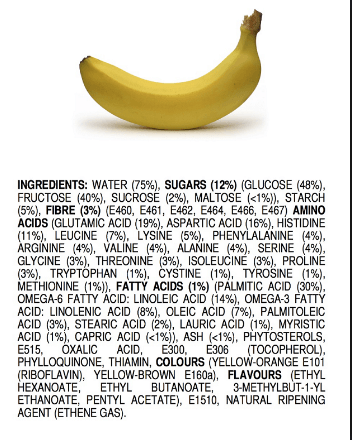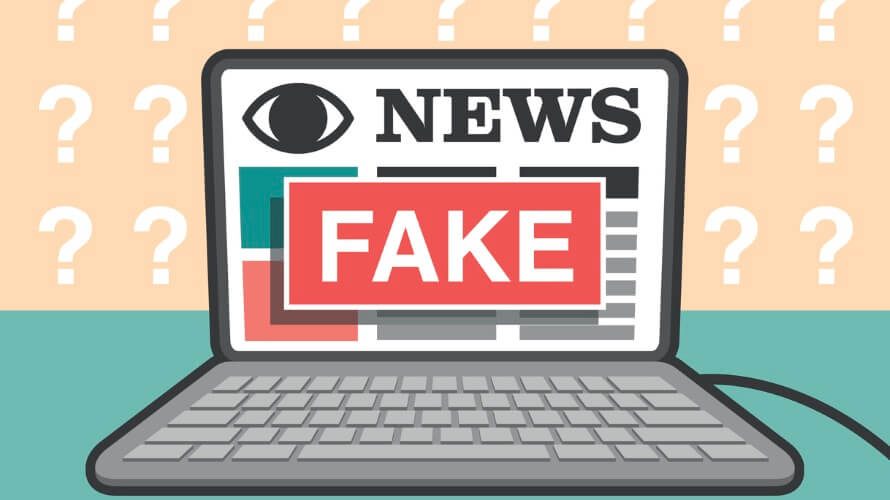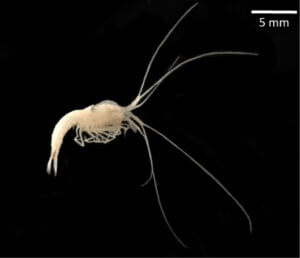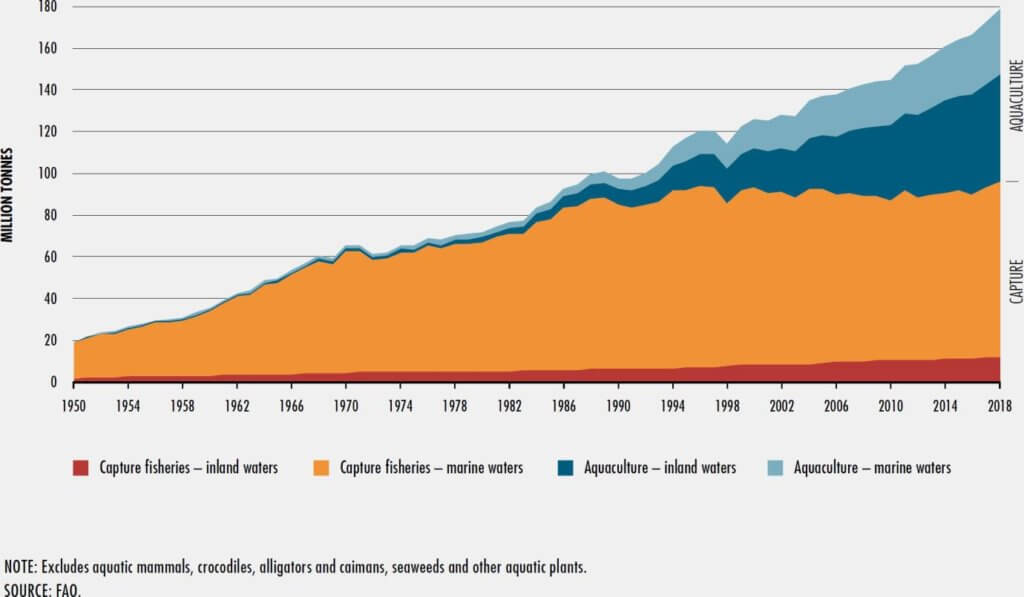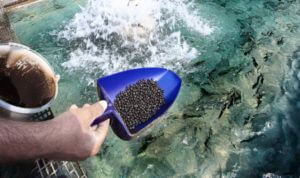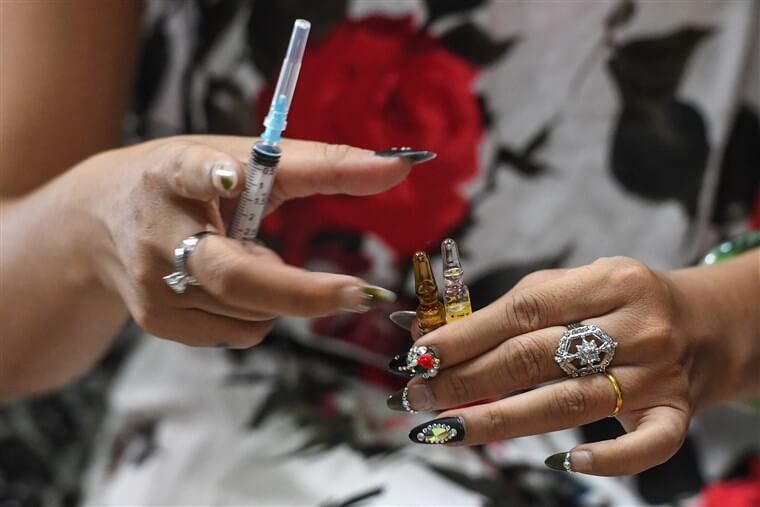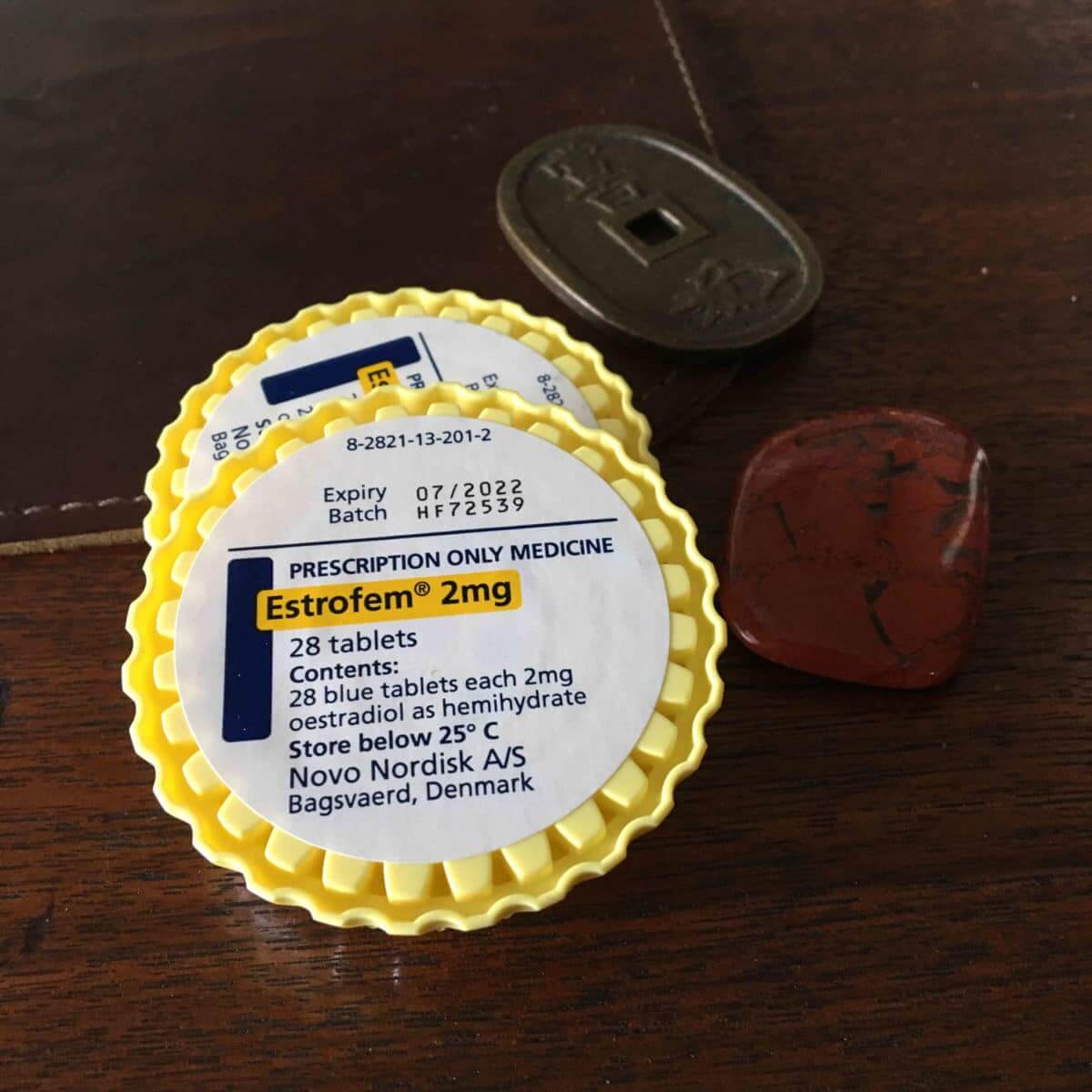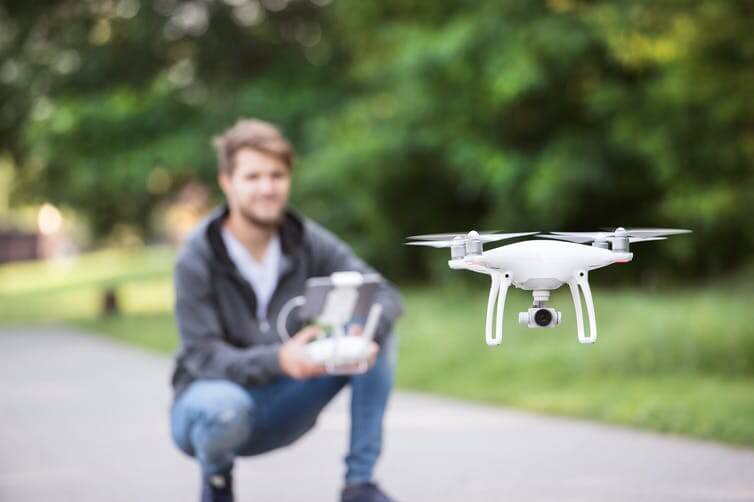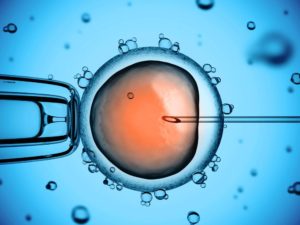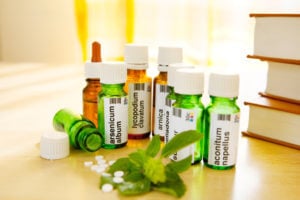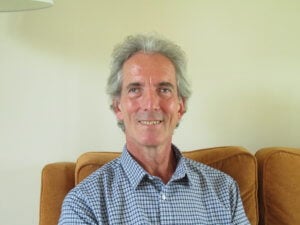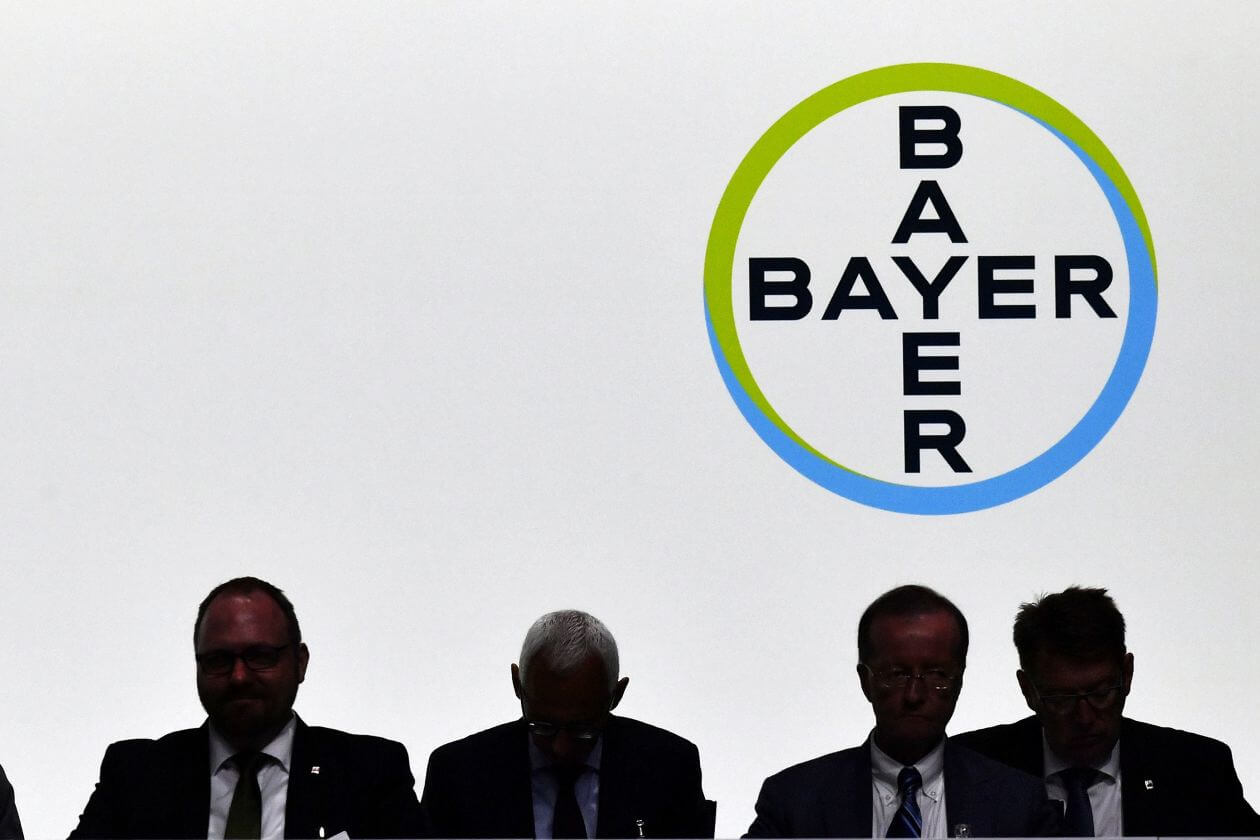Entine has written seven books, four on genetics and chemical risk, and has addressed a range of controversial issues, including the genetics of sports; the shared ancestry of Jews, Christians and Muslims; socially responsible investing; and why organic farming will not scale to produce sustainable food. He is a contributing columnist and writer for dozens of newspapers and magazines. He has was won 19 major journalism awards including two Emmys, three CINE, Ohio State Award, Chris Award, Best Feature Film Interntional Sport Film Festival, and a National Press Club Award for Consumer Journalism. Much of this interview appeared originally in European Scientist and was conducted by science journalist Grégoire Canlorbe.
Grégoire Canlorbe: You carefully investigated the genetic underpinnings of the over-representation of blacks in many high profile sports. Could you remind us of the fruits of your inquiry? Why do whites dominate strength related positions and events in so many sports—and why are blacks so poorly represented in some major sports, such as swimming?
Jon Entine: I think it’s phenomenal, really startling that if you look at the major sports around the world: track and field, football in Europe, American football, baseball, and basketball, which is an international sport, you see a very odd distribution of which athletes do the best in various sports. In many of the sports, the ones that require speed, quick reaction time, things like global and American football or basketball or sprinting, it’s utter dominance by athletes of West African ancestry.
In long distance running, which requires endurance, you see the dominance of East Africans and a few North Africans, whose ancestors evolved in higher altitudes, shaping their physique and physiology. You look at strength events, and you see dominance of East Europeans and Euro-Asians with very minimal representation of those of African ancestry. These aren’t just recent aberrations.
These patterns have persisted for decades and have actually become more pronounced as the playing field got more level, so ‘natural talent’ could emerge and environmental factors were at a minimum. Once the influence of performance enhancement drugs during the 1960s, 70s, and ‘89s driven by Russia and the Eastern bloc dissipated, which distorted who were the best athletes, we saw these patterns become even more pronounced around the world. And I think the more you research this, the more you understand that at the elite level of athletic competition, we are very much a product of our genetics and the patterns reflect evolution in different geographical areas.
This is not a black/white issue or an issue of ‘race’ as we have traditionally used the term. It’s about regions of evolutionary origin. Phenotypes and genotypes are shaped by thousands of years of evolution. Although some characteristics seem to loosely correlated with traditional, folkloric notions of race, many do not. Just look at the difference in body types and athletic skill sets of distance running East Africans and elite athletes who trace their primary descent to West Africa. The differences in physiology and physique may be small in the case of some characteristics, and there is a great deal of overlap, but those differences are magnified at the elite level of sports competition where a fraction of a second can make the difference between winning a gold medal or being an also ran.


Social factors alone or even significantly cannot explain why the top two thousand all time 100 meter times are held by a person of West African ancestry yet West Africans are almost nonexistent at the elite level of medium and long distance running. I addressed many of these issues, along with the toxic history of ‘race science,’ in my book Taboo: Why Black Athletes Dominate Sports and Why We’re Afraid to Talk About It. Although the book is now 20 years old, and some data are dated, the arguments in the book are now mainstream science and genetics. It was actually based on a documentary that I wrote and produced back in 1989 with Tom Brokaw, Black Athletes: Fact and Fiction.
The idea that anybody can grow up and become an elite athlete with the proper training and opportunities is just not supported by what we know of genetics. Genetics is not destiny, but I would say that genetics is like designing a house. You can tidy up the rooms a little bit, you can move things around, but generally speaking, who you are is like the house itself. Once it’s built, it’s set, and these predeterminations are the result tens of thousands of years of evolution.
That said, there are always cultural and genetic factors in play. There is a biocultural feedback loop in sports in which culture helps magnify small but meaningful biologically-based differences. People say, “Oh, there are few blacks in ice hockey,” for instance. Well, ice hockey is played in northern climates, and there have been relatively few blacks in Canada or in Europe, historically. So, the number of blacks is almost representative of the number of blacks in those regions. And some sports, like gymnastics, for instance, or swimming, require a lot of training. They require facilities, pools that are very expensive. Social opportunity has largely excluded minorities. The more factors that cost a lot of money, like the availability of expensive facilities, then, cultural and social factors come into play.
The sports that I cited: running, football, soccer, and basketball which are usually state sponsored or sponsored by schools—sports like those represent a level playing field. It doesn’t require special financial advantages to be a great long-distance runner or sprinter. It’s really natural talent that comes to the fore. So, it’s best to think of sports as a biocultural phenomenon—sports success. And the lower the cultural barriers to entry, the more genetic factors come into play. And those genetic based differences are not distributed equally among populations. In running, blacks of West African ancestry dominate the sprints, totally. In long distance running, blacks of East African ancestry dominate. And that’s purely a result of our genetic history.
Grégoire Canlorbe: It has been hypothesized that race differences in intelligence and in psychopathy should be connected to the severity of encountered winters over tens of thousands of years of evolutionary time—with Caucasians and a fortiori Northeast Asians having faced the coldest winters and consequently evolved the higher IQs and the lower psychopathy levels necessary to navigate difficult environmental circumstances. Do you endorse this alleged connection?
Jon Entine: Well, there has been some speculation on that controversial issue by evolutionary psychologists and others, as well as some geneticists, that some people embrace and some people do not. One of the suppositions is that evolution does shape who we are physically, and there are group differences–overlapping but real. We know that. And so, some people have asked, if genetics shape us physically, and we see the examples in sports, it must shape us psychologically and intellectually, as well. And there’s belief among many scientists that there are patterns of differences based at IQ tests—although many people like to dismiss them as unimportant or pseudo-science or racist. I think there’s profound evidence and belief within the psychometric community that IQ tests are very real measurements of a kind of intelligence. But how much of the differences are the result of evolutionary factors versus environmental and cultural factors, including those that impact biology, such as natal and childhood development. Obviously environmental factors predominant in explaining patterns of differences.
But there is speculation that evolutionary factors are in play as well. As one theory goes, people who evolved in climates that were more rigorous, cold climates, northern climates, let’s say East Asians, Northern Asians, whites from northern Europe, forged unique survival techniques. So that may be a form of intelligence, it’s claimed by some: how do you survive in that harsh environment? You have to build infrastructures that allow you to survive in harsh winters. But if you’re living and evolving in an area where the temperature is more temperate, then you don’t have the same survival challenges, and it’s not as challenging on your brain. That’s a theory anyway. So one of the theories in evolutionary psychology is that that there is some link between certain expressions of intelligence and whether you evolved in a cold climate versus a milder or warmer climate.
As for the alleged population-based differences in psychopathy—I think it’s a very speculative claim. I think it’s something that science could explore over time, as all issues of what drives behavior is worth understanding. But we’re not in an area hard evidence. We’re in the area of theories that make sense based on what we observe anecdotally
Stephen Gould, a famous, now deceased evolutionary biologist, believed that these kinds of stories were what he called “just so” stories, meaning that they sound good, but you really can’t prove them. And I think this issue falls into that category. But on the other hand, it offers some reasonable explanation, like Occam’s razor, of why certain factors are reasonably like to be true. And so, I think it’s definitely something that, if you were someone trying to make sense of the unfolding of history, you would explore this is as a possibility. I don’t think we have enough understanding of genetics, though, to say for sure that this his is a really persuasive argument in this case.
Grégoire Canlorbe: It is not uncommon to invoke the Beckerian claim that free competition between economic firms tends to evacuate racial discrimination in that those of firms which are basing recruitment on race rather than on work efficiency are allegedly disadvantaged with respect to their competitors. Does this line of thought capture the actual functioning of market economies—in America and elsewhere?
Jon Entine: I think it depends on what you want in a competition. If it’s purely an IQ competition, then, you’d want the highest IQ people to win. If it’s a competition, like an athletic one, for the fastest runner, the person could be a total jerk and not be particularly smart, but if they’re the fastest runner, they’re going to win. Now, in a complex society, the leaders who emerge are going to have a whole suite of qualities, not just intelligence, not just drive, personality characteristics like sociability. And so, you’re going be wanting many factors, many qualities, in leaders, besides just naked intelligence, if that even exists. And anytime you introduce a qualifying factor like race, it distorts the analysis. Now, you could argue that you want race as a factor because lack of racial diversity leads to a misperception of how the world really is.
So you can make an argument for it. But there’s no question that if you only have the tallest people, or you only have the smartest people, or you only have some special factor that you tease out, you’re going to leave out other, potentially hugely important, leadership and achievement qualities. I think it’s potentially dangerous that race be used as a factor if it’s over-exaggerated and it ends up discriminating against people who otherwise would be better able to perform in that situation.
Grégoire Canlorbe: Please tell us about the DNA of Abraham’s Children. Do the genetic and historic data support Arthur Koestler’s thesis that Ashkenazi Jews, instead of descending from the Ancient Hebrews, are the descendants of the pagan Khazars who purportedly converted en masse between the 8th and 10th centuries? Or the claim that Jesus was ethnically Galilean and, also, partially Greek—and virtually indistinguishable from Romans in appearance?
Jon Entine: I addressed this issue and the genetic history of Jews in my book, Abraham’s Children: Race, Identity and the DNA of the Chosen People.
In the wake of World War II, during which many Jews were killed in the Holocaust, a well-known journalist of the 1950s, Arthur Koestler, tried to take the sting out of the idea that Jews were a race, which he believed was a driving factor behind the Nazi mass killings of Jews. The belief that Jews were a race was widely embraced by most everyone until the Holocaust, including who had long considered themselves a ‘race’, for many, many centuries. The word was viewed very loosely, however. It combined cultural factors with alleged physical and sociological factors, some clearly anti-Jewish. But obviously, this racialization of Jews led to a historic conflagration in World War ll.
The concept of Jews-as-race hinged somewhat on the ideas that most Jews of that time shared a common ancestry in ancient Israel. In his book “The Thirteenth Tribe,” Koestler propagated the idea that overwhelmingly majority of Jews, which were by then scattered around the world, actually were not descendants of the Israelites bur rather were mostly converts from Christianity, or more likely from paganism. He maintained that the large Jewish population in Eastern Europe and in parts of what is now Russia in an area once known as Khazaria were descendants of pagans who had converted to Judaism between the eighth and tenth centuries. That was the thirteenth Jewish tribe, he claimed, riffing on the Bible. Those converted Jews, primarily of Turkic origin, became the core of modern Judaism, gradually growing in number in Eastern Europe and, expanding westward, he maintained.
In essence, in an attempt to destroy the belief that Jews were a coherent ‘race’ with links to the Middle East, which he believed propped up anti-Jewish racism and gave an excuse for Jews to live in a homeland in the Middle East (like many liberal Jews of the 1950s, he was opposed to the establishment of ‘Jewish State” in mostly Arab territories), he pushed the notion that Jews were converts with no ancient links. Koestler’s view was widely embraced by many ‘progressive’ Jews, traumatized by World War II, who wanted Judaism to shed the long-held belief that they were a ‘race’ separate and apart. And, of course, many Middle Eastern Arabs embraced that theory as well, and went on to claim that it shut the door on the Jewish Biblical claim of a ‘right of return’ that was a fundamental tenet for the creation of Israel. So you can guess the controversy it stirred then, and it reverberates even today. Far left Israeli radical, Shlomo Sand, wrote a best selling book, The Invention of the Jewish People, in an attempt to resurrect Koestler’s speculative thesis. It became a best seller in some circles and has been cited in recent by anti-Israel groups inside and outside of Israel.
Koestler had comprehensible motivations, but they weren’t based on science. Genetic research has largely eviscerated his thesis. We’ve been able to do a lot of genetic research on both Jewish men and Jewish women over the past two decades. And it appears that what Koestler claimed is wrong. What we now know is that about 80 percent of males who claim Jewish ancestry, by looking at the Y chromosome and other parts of the genome of many thousand of people who claim Jewish ancestry, you can actually trace their ancestry back to the Near East, Middle East. So it indicates that they do have a history along the male lineage that traces back to what was biblical Israel.
On the female side, it looks like many females, about 50 percent, appear by their DNA to be converts, although the genetic evidence here is not as definitive. Its believed that a lot of the men left what was biblical Israel, Palestine, moved through Asia and what is now Italy to Europe and took local wives, either pagan wives or Christian converts. And so, there is a mix in Judaism. It appears there is, on the male line, mostly ancient Jewish ancestry, and on the female line, a mix.
We also do know that there were some converts into mainstream Judaism from Khazaria, but it probably happened only among the elite few and numbered in the hundreds or thousands. Pagans were the majority, 99 percent of the population. By and large, it’s believed they were not affected by the religious practices of the elite. But the elite did convert to Judaism, based on sketchy historical evidence.
It has long been speculated that many of them aspired to be part of the Jewish priesthood, the Aaronite line, those known as Cohanim. But because they were not born into that line, which is Biblically required, they were not accepted as priests. And so, they became essentially junior priests, a Jewish lineage known as Levites. Geneticists speculated for years based on anecdotal reports that the Levite lineage might have Khazarian roots. Now, we know that’s not accurate. As Khazarian scholar Kevin Alan Brook has reported, and confirmed to me in a note:
It has become clear that this lineage is not of Khazar origin and does not match medieval or modern Turkic populations, not even the medieval Khazar R1a carriers. The 2013 study by Rootsi, Behar, et al. “Phylogenetic Applications of Whole Y-Chromosome Sequences and the Near Eastern Origin of Ashkenazi Levites” in Nature Communications 4 plus further subclade precision provided by Łukasz Łapiński, Jeffrey D. Wexler, and ISOGG showed that this Levite branch, called R1a-M582 (R1a1a1b2a2b1a), descended from R1a-Z93 and had Middle Eastern connections and likely a geographically Persian ancestor. It doesn’t link up with Central Asian or East European varieties of R1a until before the Israelites existed.
So, there is some tiny fragment of truth in Koestler’s claims, which is one reason it got such currency. Yes, there were some conversions in Eastern Europe, but it isn’t even minor seed of the Jewish population today.
As for the question about Jesus, I don’t think we really have any understanding of what Jesus looked like. There are depictions of Jesus that go from light black to very Aryan looking. So, I think this is pure speculation about what Jesus’ actual genetic background was. But I think most of the biblical accounts, and they’re very sketchy, as I discuss in Abraham’s Children, suggest that he was of Israelite ancestry, and that population was a mixture of locals and invading populations. The belief that Jews are a ‘race’ is clearly flawed by there is powerful evidence that a significant portion of the modern day Jewish population traces their primary ancestry to what is now Israel. That’s science, however, not an endorsement of the Biblical claim.
Grégoire Canlorbe: While it has encountered periods of obscurantist and literalist remnants such as the burning of Maimonides’s work in the 13th century, Judaism—since, at least, the times of the Jewish community of Alexandria—has been carrying within it Hellenizing principles such as the rationalization of the Torah, and such as the pursuit of knowledge through personal doubt and the confrontation of opinions. Has Islam gone down a similar route (towards interpretation and free inquiry) since the intellectual bubbling of Andalusia under Muslim rule?
Jon Entine: I think that many historical populations go through times of sophistication and then, fall into a retrograde period. It happened to the Egyptians, the Greeks and the Romans. You can actually see that trend in Judaism during the Middle Ages, into the 1600s, when Jews actually became very obscurantist and adopted many mystical beliefs, and were thought of as very irrational by the Christian majority. Now, they were very literate, but they were literate in a mystical kind of way; they read Jewish religious works but little else. The Christian enlightenment actually preceded the Jewish enlightenment by about a hundred years because Jews were caught into this mystical trap. But historically, Jews have always been a very literate culture.
 Islam has had a much different history. It arose in the first millennial period. Muslims were by and large quite well educated in the early years of Islam. But over the centuries, they’ve been back and forth between kind of a nomadic anti-intellectual history and one of intellectual inspiration. There was a period between the 8th and 14th centuries when Islam was very dominant in Northern Africa and the Iberian peninsula, and at one point reaching to the area around Barcelona. The Muslims called their Caliphate and homeland Al Andalus. Their cities were great centers of Islamic learning, and the great libraries of the world were Islamic. Medicine advanced dramatically during this period. The period is sometimes referred to as the “Ornament of History” or “The Ornament of the World,” as for the most part, Jews and Christians lived mostly safely and in harmony with their Islamic neighbors.
Islam has had a much different history. It arose in the first millennial period. Muslims were by and large quite well educated in the early years of Islam. But over the centuries, they’ve been back and forth between kind of a nomadic anti-intellectual history and one of intellectual inspiration. There was a period between the 8th and 14th centuries when Islam was very dominant in Northern Africa and the Iberian peninsula, and at one point reaching to the area around Barcelona. The Muslims called their Caliphate and homeland Al Andalus. Their cities were great centers of Islamic learning, and the great libraries of the world were Islamic. Medicine advanced dramatically during this period. The period is sometimes referred to as the “Ornament of History” or “The Ornament of the World,” as for the most part, Jews and Christians lived mostly safely and in harmony with their Islamic neighbors.
The dominant intellectual group, the doctors, the legal positions of that time and the great intellectual thinkers were mostly Muslim. It is one of the only periods of tolerance among the three Abrahamic religions in history. But the rise of the Christian kingdoms ultimately crushed Muslim strongholds, and Islam never really recovered from there. There’s never been a Muslim society that performed at the level of Asian societies or European societies since the collapse of that era. So, there are definitely different traditions among different groups based on their cultural experiences.
Grégoire Canlorbe: As a fine connoisseur of chemophobia you cannot ignore the climate of mistrust surrounding the glyphosate. Why do you judge glyphosate and GMO farming to be far more sustainable, actually, than organic farming? What do you reply to the claim that the proponents of glyphosate should be ready to drink a glass wine of the latter if, truly, they think and intend to show that this product is half toxic as salt?
Jon Entine: Glyphosate was a product discovered literally by mistake in the 1970s, and it’s been used mostly as an herbicide. Scientists found that it has an ability to kill weeds inexpensively at modest toxic levels. It’s toxicity is about equivalent to salt; it’s quite mild, not carcinogenic based on thousands of studies, and has little to no environmental footprint. It’s quite a remarkable chemical concoction. Scientists in the 1980s figured out how to make commodity crops such as corn, soybeans and cotton, that tolerant to glyphosate. In other words, if you sprayed those crops, herbicide-tolerant glyphosate, originally developed and marketed as Roundup by Monsanto, which is now owned by Bayer, was one of two products that were the first out of the gate when GMO crops were introduced in the 1990s.
The other major commodity products were engineered to include a natural bacterium, Bacillus thuringiensis, actually used since the 1920s by organic farmers, that made certain crops resistant to many harmful insects. Those were the first two GMO products out of the gate—herbicide tolerant and insect resistant—and they were enormously successful, sparking the GMO boom that began in 1996. They also became the target of anti-GMO activists for many years, even though both of those products have been found extremely effective and safe.
A problem began to develop with glyphosate, though: many weeds developed a tolerance to it. Just because that’s what happens. Evolution is evolution. And if you keep spraying weeds with a certain kind of weed killer, mutations eventually happen that allow the weed to survive. And after a few years, you have a whole bunch of weeds that aren’t being killed by glyphosate. So, we had this explosion of weed problems by 2010 or so. It was a real issue, although weed resistance is a fact of nature with non GMO-based weed killers as well. But the issue put conventional agriculture and genetic engineering on the defensive, absolutely.
And then, a controversial study came out in 2015 by a sub-agency of the United Nations called IARC—International Agency for Research on Cancer—and it concluded that glyphosate might cause problems for applicators, people who apply glyphosate, and that they could be subject to one specific kind of cancers, non-Hodgkin’s lymphoma. IARC was a relatively obscure agency before that finding. And its conclusions were contradicted by every other major regulatory and research organization in the world, 18 other international agencies from WHO itself, two other WHO sub-agencies, the European Food Safety Authority, the German Food Safety Authority, the Royal Academy in London, the United States EPA, and academies in Canada, Japan, Australia and New Zealand. All concluded that there was no convincing evidence that glyphosate causes cancer, and none recommended a ban.
Click here to review 19 reviews of glyphosate by independent global regulatory bodies
So, you had one agency, IARC, that said glyphosate might cause cancer under limited circumstances. They didn’t say it affected humans when traces were in our food. And all the other major agencies, 18 of them, concluded that IARC was promoting flawed science, and that they selectively misrepresented the data. And many scientists also accused IARC of being politically motivated. Reuters documented that IARC appears to manipulated data. In fact, the main IARC scientist who guided and drafted the report secretly joined the litigation team that sued Monsanto, creating an undisclosed conflict of interest. But because IARC was linked to WHO, even though it was a sub-agency not WHO itself, its conclusions were widely publicized, especially by anti-GMO activists. It’s monograph scared a lot of people and has led to a lot of lawsuits. And there have now been legal cases in the US in which juries rejected the overwhelming science evidence that shows that glyphosate is not harmful. But juries can do whatever they want. Plenty of people are convicted or found innocent, independent of what the evidence really shows. And, basically, Monsanto, now Bayer, was found guilty in multiple court cases of claims that it caused non-Hodgkin’s lymphoma in a number of workers who handled it.
So, basically, many people are now scared of glyphosate and politicians respond to public opinion, not science. There are moves afoot to ban it, even though it’s the most successful and one of the least toxic herbicides one can use. It’s still in wide use. But over time, I think it will be phased out. And farmers are very upset about that. I think most farmers believe it’s extremely safe. Scientists overwhelmingly believe it’s safe. The myth that glyphosate is dangerous has been kept alive, and it’s really part of the ongoing war that exist about what kind of food system we want to have. Yet, there is no herbicide alternative in the organic world that is as safe as glyphosate. They’re all as or more harmful. Many natural applications suffocate beneficial insects. So, we have a choice.
At some point, we can force farmers to abandon it, have less yield and kill more beneficial insects, or we can keep it, use it appropriately, follow guidelines that are endorsed by every major science organization in the world, from Health Canada to the European Food Safety Authority, and maintain a robust agricultural system. I think that all those people who are so ideological on agriculture and who despise biotechnology, in essence, are modern Luddites. They so reject modern technology that they will sacrifice our food supply for their ideological purism.
Grégoire Canlorbe: The fight against greenhouse gas emissions is most often put on an equal footing with that against nuclear power—as well as with the fight against GMOs and advanced agricultural technologies. Do you think that biotechnology and nuclear industry, on the contrary, should be jointly put at the service of depollution? That GMOs and nuclear technology are actually good for the climate?
Jon Entine: Well, I think organic farming is based on principles that are 100-150 years old, and I can’t think of any technology that we embrace today that’s 100 or 150 years old and believe that somehow it’s the cutting-edge way to do things. If you want agriculture to be sustainable; you need to have the most advanced and wisest science-based practices. Organic farming promotes soil health, and that’s an emulatable goal. But there are so many other aspects to organic farming that are just outdated. There’s the belief that anything that’s natural is better—that if we put natural chemicals on plants, they’re going to be healthier. But organic farming uses copper sulfate, for instance, which is carcinogenic to humans and very dangerous: it kills beneficial insects. That’s clearly something that we wouldn’t want to use if we had alternatives. Biotechnology, GMO farming, can be used inappropriately too, but it also offers many potential advantages because you can use weed killers that are focused specifically on weeds and preserve the crops and don’t require tilling, which releases greenhouse gases into the atmosphere.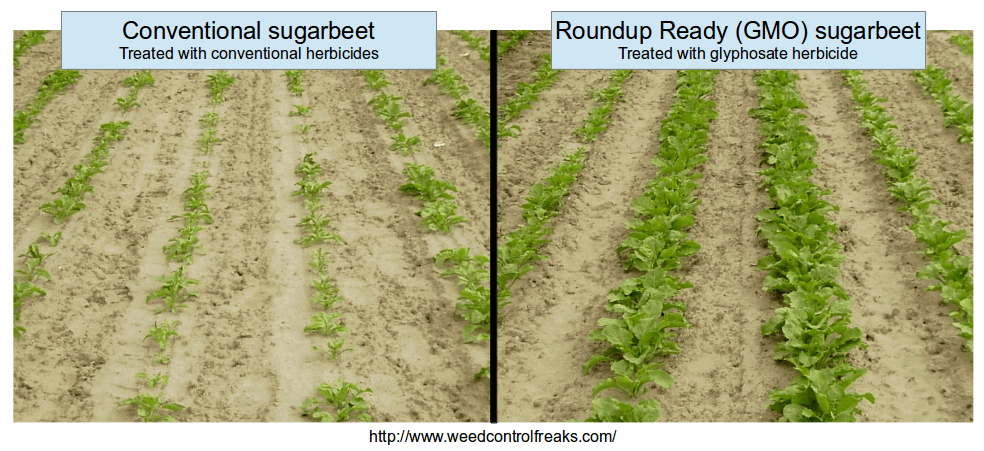
So, from a purely carbon preserving point of view, conventional farming using biotech seeds is much better than organic farming. Organic farming is also about 40 percent less yield efficient. You’re going to have to clear cut forests to get the same kind of yield globally that you can get in farming, using conventional means with GMOs. We can’t afford, environmentally, to give up any more of our land to farming or urbanization. The newer gene-edited crops are designed to use fewer and fewer chemicals, and in some cases no chemicals. We are on the verge of developing crops that naturally create nitrogen to fertilize the soil without chemicals. We need fertilized soil to get the kind of yields that are appropriate for an industrial society. But nitrogen can cause all kinds of environmental problems. But gene editing is in the position to address those kinds of things. So, I guess the real question should be: “Why don’t we have a farming system that is based on sustainable principles rather than choosing organic and pitting it against conventional or GMO farming?” We should pick the best elements from each system, and that should be the goal rather than ideologically proposing that either GMOs or organic is the best way to go.
I think nuclear energy and biotechnology are two of the most important tools to fight climate change. Nuclear energy is the only advanced technology we have right now in the energy sector that directly reduces carbon emissions to zero, with limited consequences. If you look at a lot of the renewable energies, they all have other consequences.
Wind towers chop up birds, and hydropower plants dam up rivers and cause mass death among fish. Nuclear energy, if it’s handled properly, especially the latest generation, is an essential tool in fighting climate change. And we’re naive to think that we could, through alternative energy alone, meet the challenge of reducing our carbon footprint. And GMOs and gene-edited crops do the same thing. If we have no till agriculture where carbon is not released, we can dramatically reduce the carbon footprint.
If we don’t have to clear cut forests to grow organic food, we dramatically cut carbon. If we don’t have cows, which burp methane gas, which is 20 times more carbon toxic than carbon itself, then—and we need those cows to generate fertilizer for agriculture or organics, and if we don’t have those, we are very much in a better position to fight climate change. So, if we move in the direction of regenerative agriculture, organic agriculture, it will be a disaster in the long run. We need a mix of technologies in agriculture that are respectful of the cultural traditions of various communities, but also are sustainable. Otherwise, we’re courting long-term climate change disaster.
Grégoire Canlorbe: You openly distrust idiosyncratic ideological screens in investment decisions—and believe that such way of proceeding is more likely to harm people and the environment. Which sociopolitical system in the broad sense is the most immune to the siren voices of “socially responsible” investing?
Jon Entine: I’m all for a system that encourages investments in socially or environmentally progressive activities, but if you become totally focused on systems that don’t have an economic return, they ultimately can’t survive over time. The socially responsible investing movement, the problem with that is twofold: one, the values that it promoted were very ideological. So, for instance, it determined among most social investment professionals that defense spending was something that should be avoided. I imagine that if people hadn’t invested in defensive weapons, we could have lost World War II. So, I don’t see avoiding defensive weaponry or protective weaponry necessarily as something that’s not socially responsible; it’s too blunt an idea.
So, it’s really concerning that we’re going to develop an investing system based on people’s whims and their ideology. You could have a Muslim investing system, which is competing with a Jewish investing system, which is competing with a Christian one, each one thinking that their particular values are superior. And there are in fact Muslim and Christiana and Jewish social investing funds. It’s pandering as it does not influence behavior; it’s evolved into a money-making gimmick by those who sell the funds. So, I think it’s best in investing to try to get the best return that we can and empower individuals and organizations to use their money in socially responsible ways. But I think rigging the system so that certain kinds of activities are rewarded, and there’s not the economic incentives to provide checks and balances within the system, is a prescription for economic inefficiency.
Grégoire Canlorbe: Many expect neuro-augmentation and genetic manipulation to allow Homo sapiens—through the taking over of their own biological evolution and the abandonment of the random processes of natural selection—to achieve the Cartesian project to render humans “the masters and possessors of nature.” Is transhumanism a reasonable dream?
Jon Entine: I think it’s reasonable to think that we’re going to change our human genome. We’re already able to do that in small ways. We’re already able to make micro-changes in the genome, and I think, over time, there’s no doubt that we’ll be able to rid ourselves of certain genetic disorders. Huntington’s disease would be one good example, as we know it’s linked to one gene. But the human genome is very complex. Human behavior and our chemical and genetic makeup are extremely complex. So, the fact that we can manipulate genes doesn’t mean we can manipulate them precisely.
There always are consequences. Removing one gene or a suite of genes could have unintended consequences. I think, ultimately, over time, we are going to harness the genome and use it to develop many therapies that don’t exist now. Whether we can develop the superhuman Sapiens Sapiens, I think that that’s probably not necessarily in the cards. But I do think that we will make a lot of progress in coming decades in fighting many diseases that now seem out of the reach of the medical community.
Grégoire Canlorbe: Thank you for your time. Would you like to add anything else?
Jon Entine: I have nothing else, no. Thank you for the interview.
Grégoire Canlorbe is a journalist specializing in the scientific field. Find Grégoire on his website and on Facebook.
A version of this interview was originally published at the European Scientist @EuropeScientist



